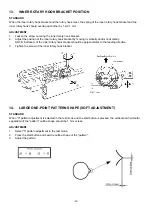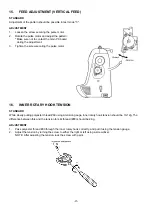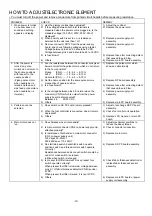Reviews:
No comments
Related manuals for PC-6000

OF5700
Brand: Oki Pages: 16

Altair 2
Brand: Baby Lock Pages: 212

MBS-1500
Brand: MasterCraft Pages: 6

45A92
Brand: Singer Pages: 5

CLP12IA
Brand: Clipper Pages: 42

MC-35A
Brand: Magnum Pages: 32

BL50A
Brand: Baby Lock Pages: 112

PDG 6000
Brand: Sase Pages: 76

1170 RPM
Brand: Mercury Pages: 6

99W110
Brand: Singer Pages: 34

DU-141H-4
Brand: JUKI Pages: 44

APW-895/IP-420
Brand: JUKI Pages: 124

LBH-781
Brand: JUKI Pages: 92

KM-815 KM-825
Brand: SunStar Pages: 21

SC9200 Series
Brand: SunStar Pages: 37

SF 7400 Series
Brand: SunStar Pages: 50

FOG-700
Brand: BoomToneDJ Pages: 8

TAM-2000
Brand: Sony Pages: 65


















